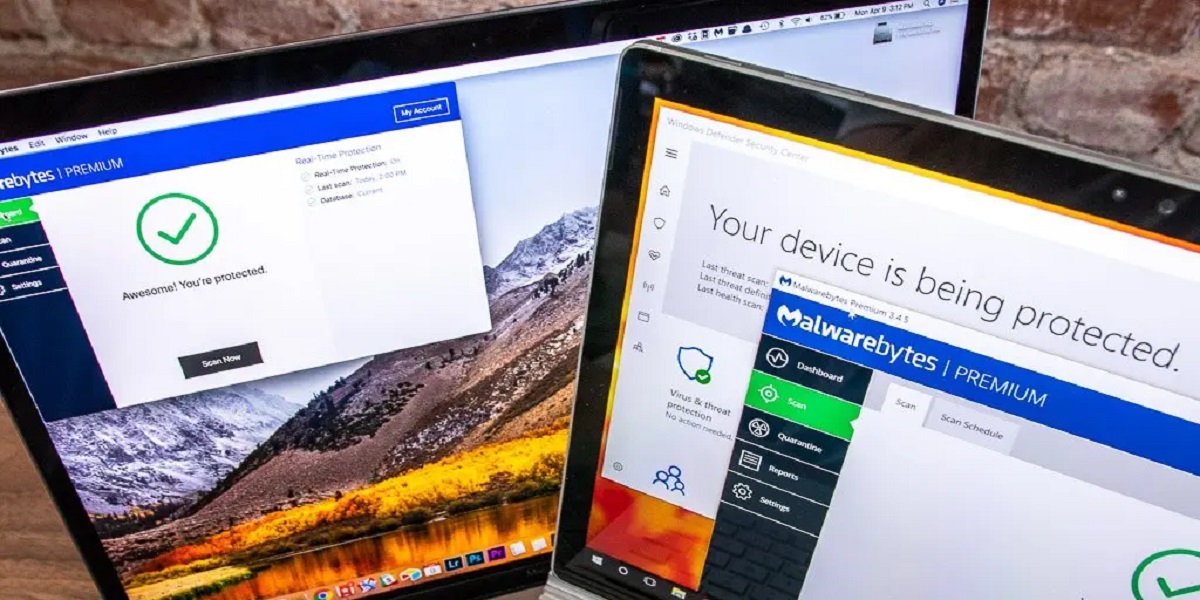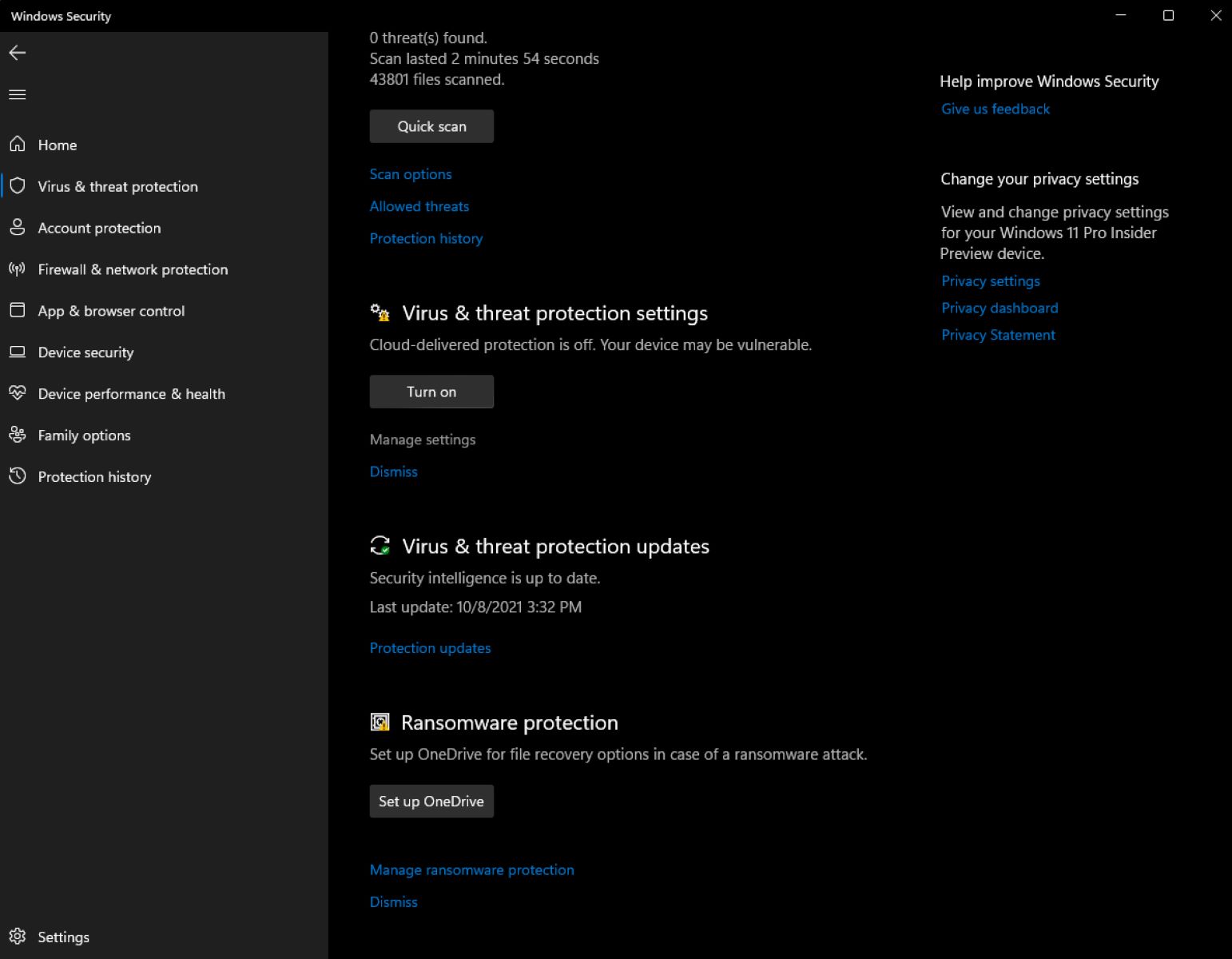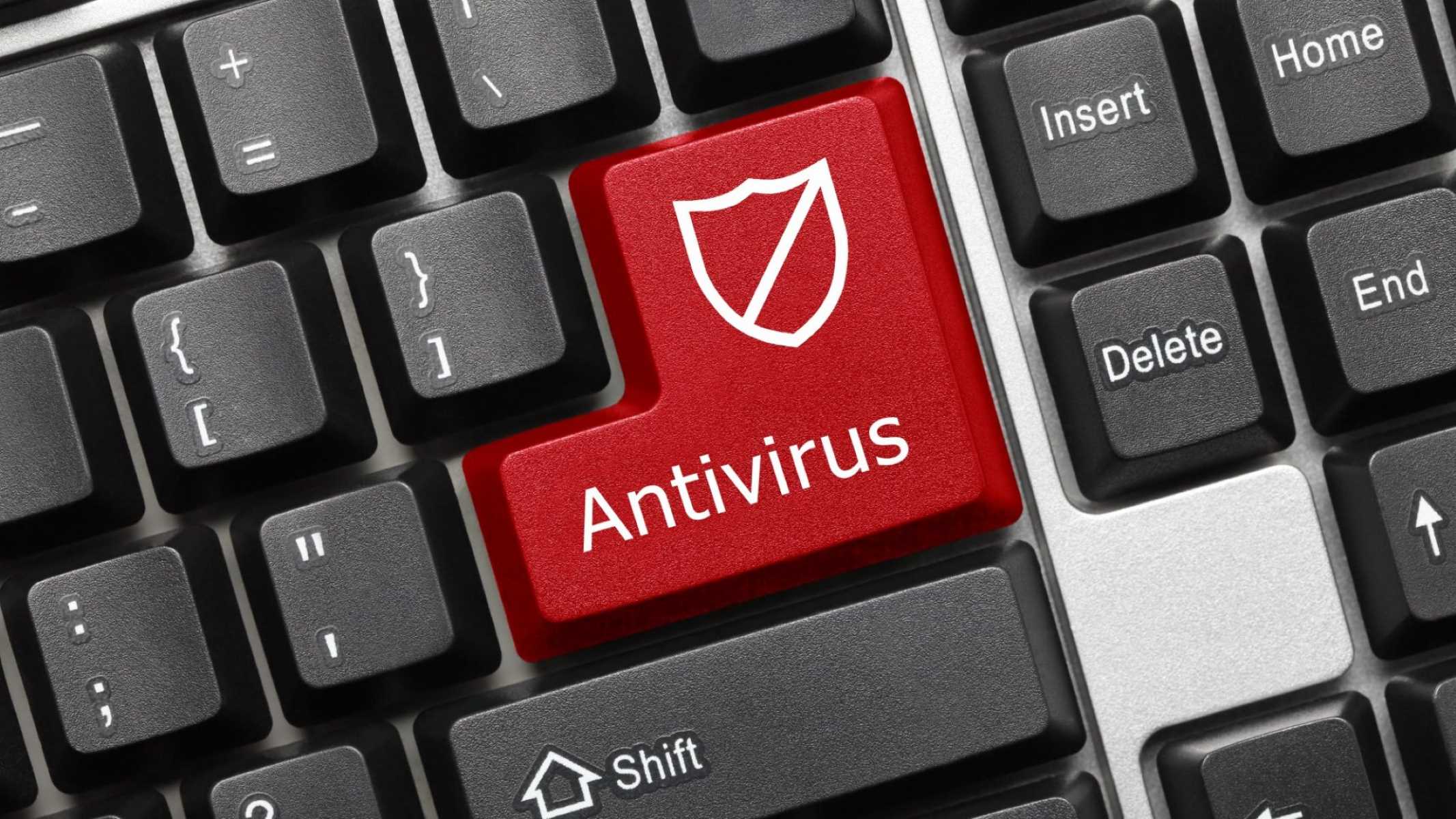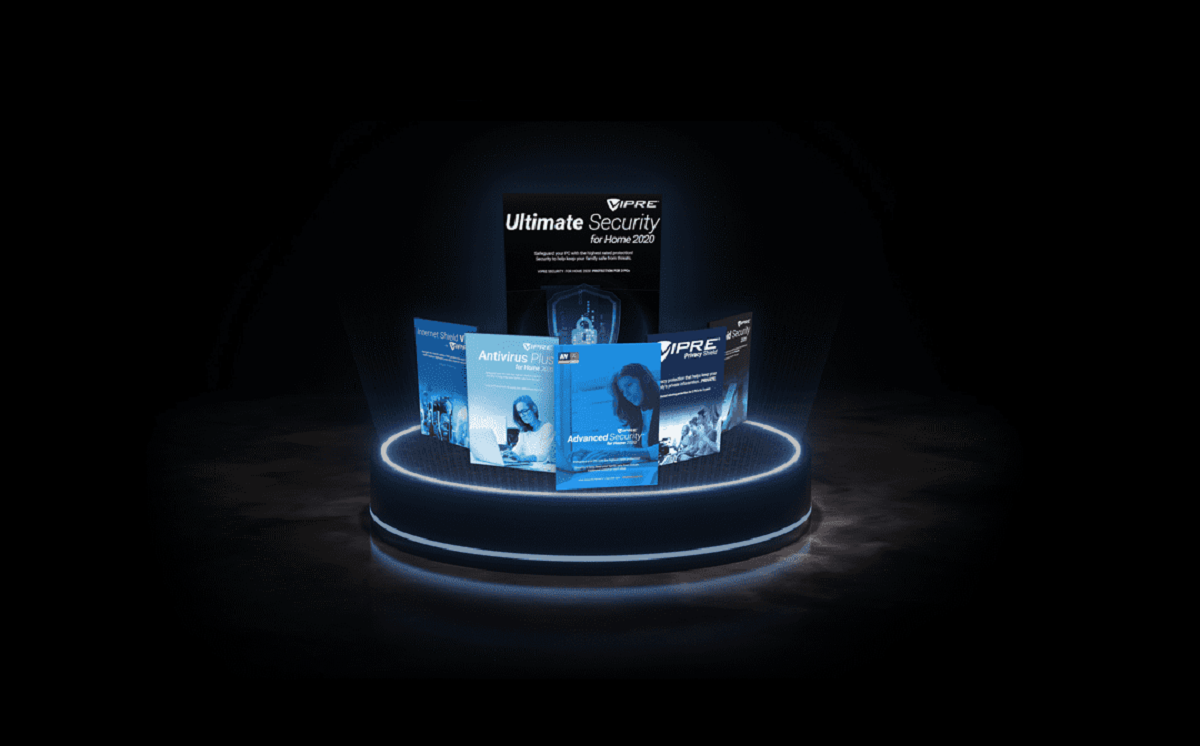Introduction
Welcome to this guide on how to check if you have antivirus software on your Mac. In today’s digital age, where cyber threats are becoming more sophisticated, having reliable antivirus protection is crucial to safeguarding your personal information and keeping your system secure.
Antivirus software is designed to detect and remove malicious software, often known as malware, that can compromise the security of your computer. By regularly scanning your system for threats, antivirus software helps prevent unauthorized access, data breaches, and other potential risks.
While many Mac users believe that their devices are immune to malware due to the operating system’s built-in security features, it is still important to use antivirus software. Macs are not completely invulnerable to threats, and cybercriminals are increasingly developing malware specifically targeting Mac users.
In this guide, we will walk you through the steps to check if you have antivirus software installed on your Mac and ensure that it is up to date. We will also cover running a scan on your system and handling any potential threats that may be encountered.
Please note that the steps and instructions provided in this guide may vary slightly depending on the specific antivirus software you have installed. However, the general process remains the same, and we will provide guidelines applicable to most antivirus programs.
Let’s dive in and start exploring the world of antivirus software to ensure the security and well-being of your Mac!
Step 1: Understanding Antivirus Software
Before we begin checking if you have antivirus software on your Mac, it’s essential to have a basic understanding of what antivirus software is and how it works. Antivirus software, also known as anti-malware software, is designed to detect, prevent, and remove malicious software from your computer.
There are different types of malware that antivirus software can protect against, including viruses, worms, trojans, spyware, adware, and ransomware. Each type of malware poses different risks to your system, and antivirus software plays a crucial role in identifying and eliminating these threats.
Rather than relying solely on signature-based detection, where known malware signatures are compared with files on your computer, modern antivirus software employs a variety of techniques to detect and block malicious software. These techniques include behavior-based detection, machine learning algorithms, and heuristic analysis.
When antivirus software detects a potential threat, it takes action to quarantine or remove the malicious file from your system. It may also provide real-time protection by scanning files as you access them, blocking malicious websites, and monitoring system activities for any suspicious behavior.
It’s important to note that antivirus software is not foolproof, and new malware variants are continually being created by cybercriminals. Therefore, it’s crucial to keep your antivirus software up to date to ensure it can effectively protect against the latest threats.
Additionally, while antivirus software is an essential tool in your cybersecurity arsenal, it should not be the only measure you rely on. Practicing safe browsing habits, regularly updating your operating system and software, using strong, unique passwords, and being cautious with email attachments and downloads are all important steps to enhance your overall protection against cyber threats.
Now that you have a better understanding of antivirus software, let’s move on to the next step and check if you have antivirus software installed on your Mac.
Step 2: Checking If You Have an Antivirus Software on Your Mac
Now that you have a clear understanding of antivirus software, it’s time to determine if you already have an antivirus program installed on your Mac. Follow these steps to check:
- Launch Spotlight Search by clicking on the magnifying glass icon in the top-right corner of your screen or by pressing Command + Spacebar.
- Type in “Antivirus” and press Enter.
- If you have an antivirus software installed, it should appear in the search results. Look for the antivirus program’s name or any related software that indicates antivirus functionality.
- If you see an antivirus program listed, you can be confident that you already have antivirus protection on your Mac. Take note of the program’s name for future reference.
- If the search results do not show any antivirus software, it is likely that you do not have any antivirus protection installed on your Mac.
If you do not have antivirus software installed, it is highly recommended that you proceed to the next step and consider installing a reliable antivirus program to protect your Mac against potential threats.
Before moving on, it’s important to note that some antivirus programs may not appear in the Spotlight search results. In such cases, you can check for the presence of antivirus software by looking for its icon in the menu bar, dock, or applications folder.
Keep in mind that identifying antivirus software on your Mac is the first step, but it is equally important to ensure that it is up to date to effectively protect your system. In the next step, we will show you how to verify the antivirus software’s latest updates and ensure optimal security.
Step 3: Verifying the Antivirus Software is Up to Date
Once you have identified the antivirus software on your Mac, the next crucial step is to ensure that it is up to date. Antivirus software regularly releases updates to stay ahead of emerging threats and provide enhanced protection for your system. Follow these steps to verify that your antivirus software is up to date:
- Open the antivirus program on your Mac. You can typically find it in your Applications folder or in the menu bar at the top of your screen.
- Navigate to the settings or preferences section of the antivirus program. The exact location of this section may vary depending on the software you are using.
- Look for an option to check for updates. Click on this option to trigger a manual update check.
- If updates are available, the antivirus software will prompt you to download and install them. Follow the on-screen instructions to complete the update process.
- After the updates are installed, restart your Mac if prompted.
It is important to keep your antivirus software up to date to ensure optimal protection against the latest threats. Outdated antivirus software may not detect new malware variants, leaving your system vulnerable to potential attacks.
Most antivirus programs also offer an automatic update feature that ensures the software is regularly updated without manual intervention. We highly recommend enabling this feature to keep your Mac protected at all times.
Now that your antivirus software is up to date, let’s move on to the next step and run a scan on your Mac to check for any existing malware or potential threats.
Step 4: Running a Scan on Your Mac
Now that your antivirus software is up to date, it’s time to run a scan on your Mac to check for any existing malware or potential threats. Follow these steps to initiate a scan:
- Open the antivirus program on your Mac.
- Navigate to the scanning options or settings section. This may be labeled as “Scan” or “Scan Now.”
- Select the type of scan you want to run. Most antivirus programs offer different scanning options such as a quick scan, full scan, or custom scan. A quick scan typically checks the most vulnerable areas of your system, while a full scan thoroughly examines all files and folders.
- Click on the “Start Scan” or similar button to begin the scanning process.
- Depending on the size of your system and the selected scan type, the scan may take some time to complete. During the scan, the antivirus software will examine files, applications, and system areas for any signs of malware or suspicious activities.
- Once the scan is complete, the antivirus software will display the results. If any threats are detected, the software will provide details on the type of threat and recommend actions to take.
- Review the scan results carefully. If malware or potential threats are detected, follow the antivirus software’s instructions to quarantine or remove them from your Mac.
Running regular scans with your antivirus software helps detect and eliminate harmful malware that may have infiltrated your system. To ensure maximum protection, it is recommended to schedule automatic scans at regular intervals.
Now that you have successfully run a scan on your Mac, it’s important to review the scan results and take appropriate steps to handle any threats that have been identified. This brings us to the next and final step in the process.
Step 5: Reviewing Scan Results and Handling Threats
After running a scan on your Mac, it’s essential to carefully review the scan results and take appropriate action to handle any threats that have been detected. Follow these steps to effectively handle threats:
- Review the scan report provided by your antivirus software. It will list all the threats that have been identified during the scan.
- Pay attention to the severity level of each threat. Antivirus software categorizes threats based on their level of risk or potential harm.
- For high-risk threats or known malware, the antivirus software will typically recommend quarantine or immediate removal. Follow the software’s instructions to take the recommended action.
- If a threat is detected but you are unsure about its nature or potential harm, you can research it further. Perform an online search using the name or description of the threat to gather more information about it.
- Based on your research and understanding, determine the best course of action for handling the specific threat. It may involve removing the threat, placing it in quarantine, or taking further steps to investigate or mitigate the risk.
- If you have any doubts or concerns regarding the identified threats, consider seeking assistance from the support team of your antivirus software or consult with a professional cybersecurity expert.
- After handling the threats, it’s important to monitor your Mac closely for any unusual activities or signs of potential malware. Regularly run scans and keep your antivirus software up to date to maintain strong protection against future threats.
Remember that prevention is the best defense against malware. Avoid clicking on suspicious links or downloading files from untrusted sources. Be cautious when opening email attachments, and keep your operating system and software up to date with the latest security patches.
By following these steps and staying vigilant, you can effectively review scan results and handle threats to keep your Mac secure and protected.
Conclusion
Securing your Mac against malware and potential threats is crucial in today’s digital landscape. By following the steps outlined in this guide, you can check if you have antivirus software on your Mac, ensure it is up to date, run scans, and handle any threats that may be detected.
Remember, antivirus software plays a significant role in protecting your computer from various types of malware, including viruses, trojans, spyware, and ransomware. While Macs are generally considered more secure compared to other operating systems, it is still essential to have reliable antivirus protection in place.
Ensure that you regularly update your antivirus software to stay protected against emerging threats. Additionally, practice safe browsing habits, be cautious when downloading files or clicking on suspicious links, and keep your operating system and software up to date with the latest security patches.
If you do not have antivirus software on your Mac, it is highly recommended that you consider installing a reputable antivirus program to strengthen your system’s security.
By taking these preventive measures and actively managing your antivirus software, you can enjoy a safer and more secure computing experience on your Mac.

























